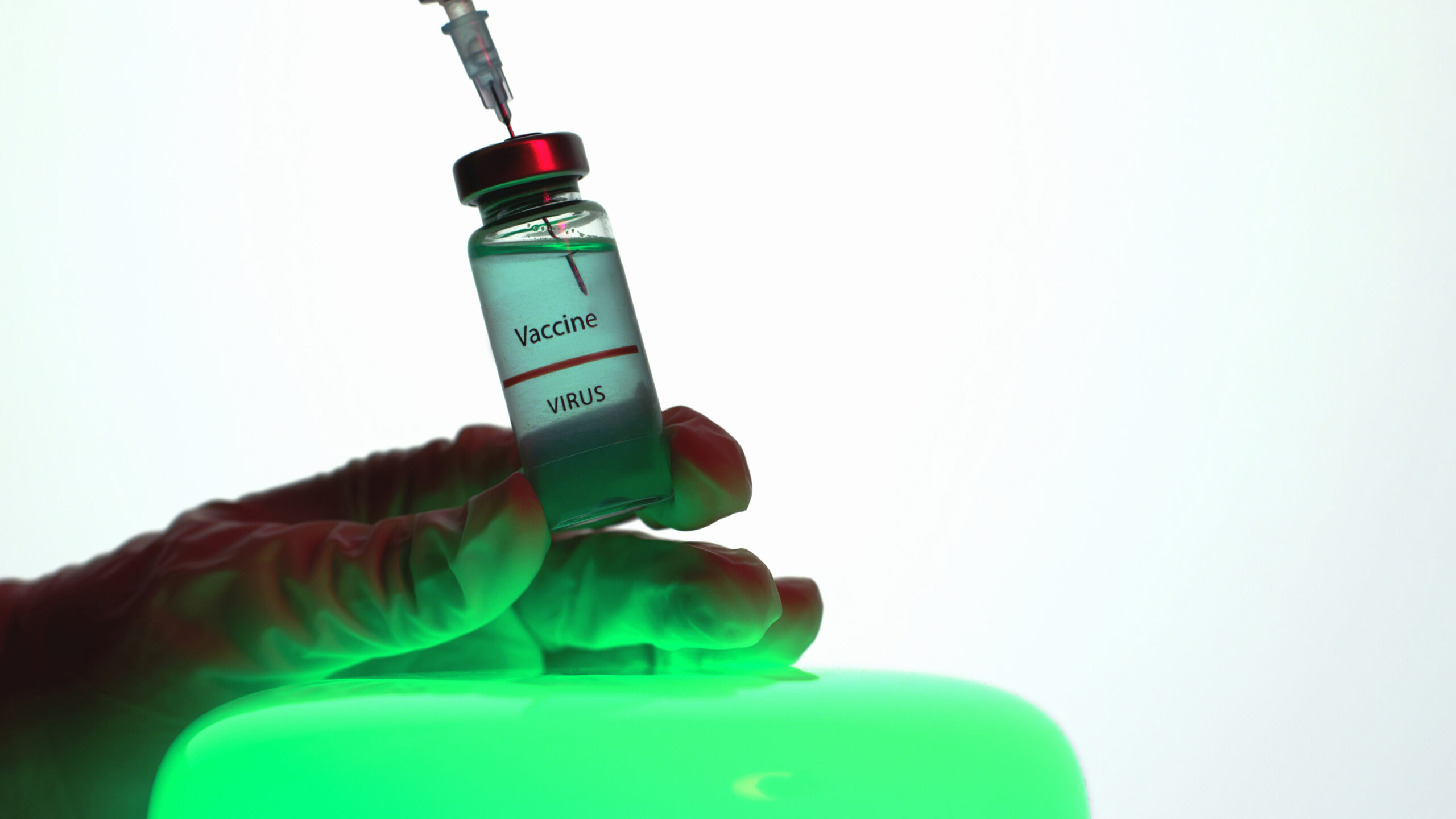What is a fine needle aspiration biopsy?
Title: Understanding Fine Needle Aspiration Biopsy: A Minimally Invasive Diagnostic Tool
Introduction:When it comes to diagnosing certain health conditions, accuracy is key. Invasive procedures can be daunting, but thanks to medical advancements, many diagnostic techniques have become less invasive and more precise. One such procedure is the fine needle aspiration biopsy (FNAB) – a minimally invasive way to sample cells or tissues for further examination. In this blog post, we will delve into what a fine needle aspiration biopsy is, how it works, its applications, and what you can expect during the procedure.
What is a Fine Needle Aspiration Biopsy?Fine Needle Aspiration Biopsy (FNAB), also known as fine needle aspiration cytology (FNAC), is a diagnostic procedure that involves extracting a small sample of cells or tissues from an abnormal growth or lump for examination under a microscope. The procedure is performed using a thin needle attached to a syringe and can be guided by imaging techniques, such as ultrasound or computed tomography (CT), to ensure precision and accuracy.
How Does Fine Needle Aspiration Biopsy Work?During a fine needle aspiration biopsy, a healthcare professional will insert a thin needle into the targeted area, commonly a lump or a suspicious mass. The needle is inserted multiple times to collect various samples from different parts of the abnormal tissue. Once obtained, the collected cells or tissues are placed on a glass slide and sent to a pathologist for evaluation.
Applications of Fine Needle Aspiration Biopsy:Fine needle aspiration biopsy can be used to diagnose a variety of conditions. Some of its common applications include:
1. Evaluation of a lump or mass: FNAB can help determine whether a lump is benign (non-cancerous) or malignant (cancerous).2. Diagnosing cancer: FNAB is often used as a preliminary diagnostic tool to identify cancer cells and guide further treatment decisions.3. Identification of infections: FNAB can help diagnose infections, such as bacterial or fungal infections, by examining the collected samples for specific pathogens.4. Investigation of inflammatory conditions: FNAB aids in the diagnosis of certain inflammatory conditions, such as granulomatous diseases or autoimmune disorders.
What to Expect During a Fine Needle Aspiration Biopsy?A fine needle aspiration biopsy is usually an outpatient procedure performed in a clinic or hospital setting. Before the procedure, your healthcare provider will provide instructions on any pre-procedure preparations, such as fasting or withholding certain medications. During the procedure:
1. You will be positioned comfortably, depending on the area being biopsied.2. The healthcare professional will clean the area with an antiseptic solution.3. A local anesthetic may be used to numb the area, ensuring minimal discomfort.4. The needle will be inserted into the targeted area, with the guidance of imaging techniques if necessary.5. Several samples will be collected, and pressure may be applied to minimize bleeding.6. The samples are then sent to a laboratory for evaluation.
Conclusion:Fine needle aspiration biopsy has revolutionized how certain health conditions are diagnosed by providing a minimally invasive and accurate approach. This procedure has been instrumental in detecting cancers, identifying infections, and aiding in the diagnosis of various conditions. If your healthcare provider recommends a fine needle aspiration biopsy, rest assured that it is a well-established and effective diagnostic tool that can provide valuable information for your treatment plan. Remember to discuss any concerns or questions you might have with your healthcare provider before undergoing the procedure.



